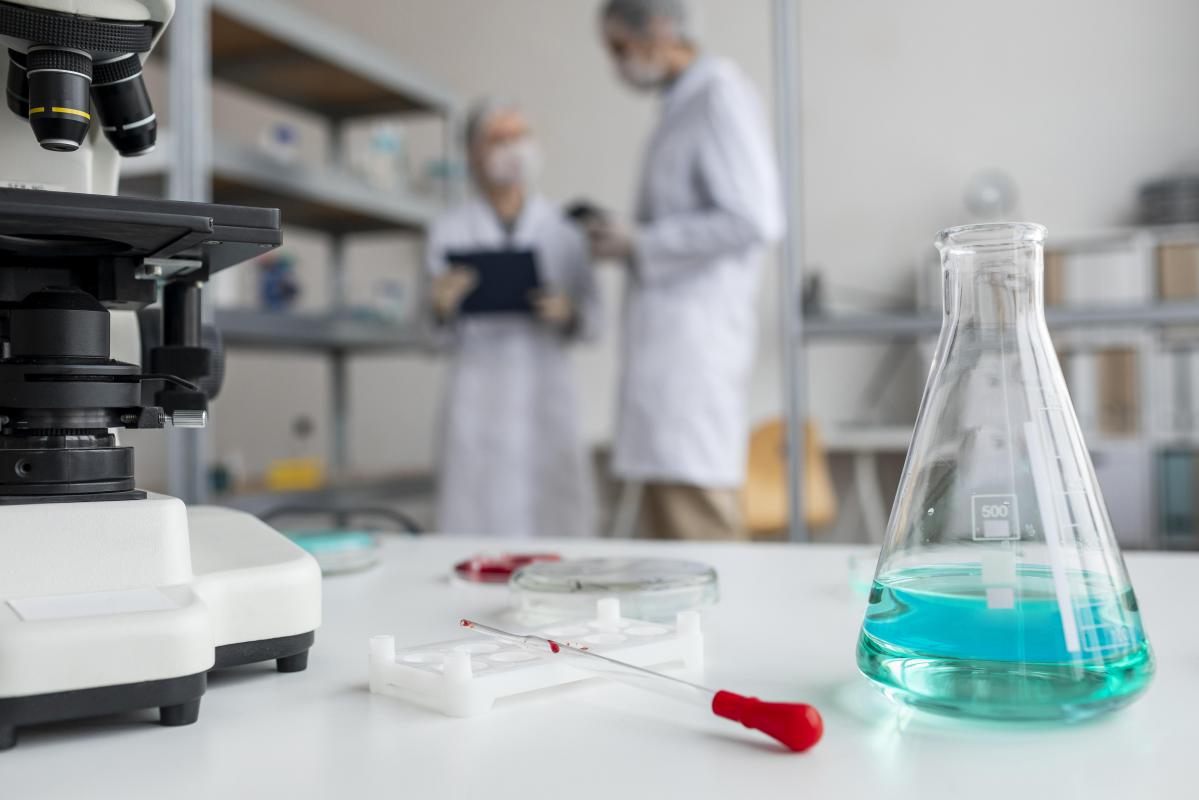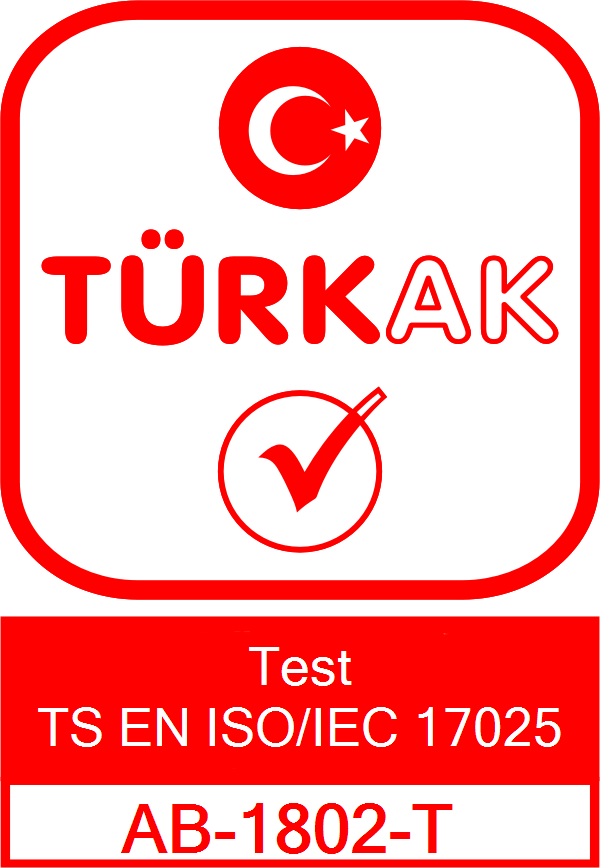
SEA-Compliant Labeling: Legal Risks from Incorrect Information and How to Avoid Them
SEA-Compliant Labeling: Legal Risks from Incorrect Information and How to Avoid Them
Contents
Product labels are not just informative tools—they are legal requirements. Especially in the chemical and cleaning product industries, incorrect labeling can lead to severe consequences. Creating a SEA-compliant label is not just a technical step, but a legal obligation. So, what exactly is SEA and why is it critical for businesses?
What is SEA?
SEA stands for “Sınıflandırma, Etiketleme ve Ambalajlama,” which is Turkey’s implementation of the European Union’s CLP Regulation (EC No 1272/2008). It governs how chemical substances and mixtures are classified and labeled to protect human health and the environment.
Why Is SEA-Compliant Labeling Important?
- Products must be correctly classified and marked with hazard symbols.
- GHS (Globally Harmonized System) hazard and precautionary statements must be accurate.
- Incorrect labeling may result in fines, product recalls, and legal disputes.
Legal Risks from Improper Labeling
| Labeling Error | Potential Risk |
|---|---|
| Missing hazard symbol | End-user misguidance, increased accident risk |
| Wrong concentration range | Misclassification of product |
| Insufficient local language warnings | Violation of Turkish compliance laws |
| Deceptive marketing phrases | Consumer protection and competition law issues |
How to Create a SEA-Compliant Label
1. Chemical Content Analysis
Accurate identification of ingredients is the first step toward legal compliance.
2. Choosing the Correct H and P Statements
Select appropriate hazard (H) and precautionary (P) codes based on GHS guidelines.
3. Verifying Label Format
Ensure font sizes, contrast, symbol placement, and sizing meet the legal design requirements.
SEA Labeling Services at TTS Laboratory
To ensure full compliance, TTS Laboratory offers SEA compliance testing as part of a complete solution. From chemical analysis to label design and document control, all steps are handled by experts.
- Label design and compliance review
- GC-MS, FTIR, and content verification
- SEA/GHS regulatory consulting
- Customized labeling for export markets
Your Label Is Your Product’s Identity
Correct labeling ensures not only legal safety but also consumer trust. Before entering the market, confirm your labels with TTS Laboratory’s SEA compliance testing and eliminate unnecessary risks.
Frequently Asked Questions
Is SEA-compliant labeling mandatory for all products?
It is mandatory for any product containing chemical substances. This includes cleaning products, paints, cosmetics, and industrial chemicals.
What symbols are used in SEA labeling?
Hazard symbols such as toxic, corrosive, explosive, and environmentally harmful under GHS standards.
What are the consequences of incorrect labels?
Fines, product recalls, legal complaints, and brand damage.
What services does TTS Laboratory offer?
SEA compliance testing, label design review, chemical analysis, and regulatory guidance.

